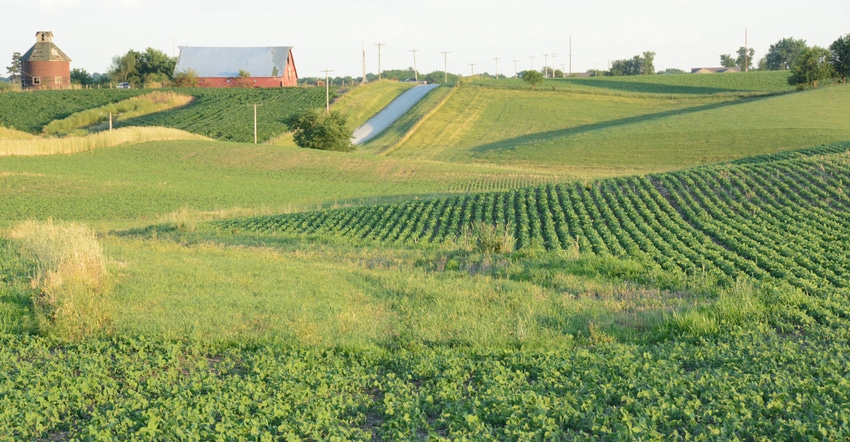April 13, 2020

Late in 2019, I got together with conservation partners and staff to start analyzing the upcoming new year. At the time, everything was coming together for what would arguably be one of the busiest years we’ve had in a long time.
New rules were coming out for our programs, and we were expecting the deployment of new planning and ranking tools. We were still reeling from a disaster year, where existing conservation practices had been pushed beyond their limits, and implementation of new practices had been delayed. All of this was happening while we were facing staff shortages, both internally and at the partner level.
For some, those circumstances were enough to lead to a lot of head-hanging. How could we possibly get this work done? The normal enthusiasm was absent when we discussed how to incorporate new initiatives or the many worthwhile special projects we wanted to kick off.
In the midst of the gloom, it hit me — this is a great time to be a conservationist! Some people in the room looked at me as if I had snapped under the pressure. I know I’ve been accused of being an eternal optimist. One of my favorite sayings is, “If you can’t see the bright side, then learn how to polish the dull side.” But I do see the bright side of this.
Why do I think now is a great time to be a conservationist? Well, it’s all about the demand, the need. Not only is there so much that needs to be done, but also, I see more interest in conservation from more sectors of the population than I have ever seen before.
The people showing interest may not call it conservation, and they may not even realize conservation is a key to the solution, but that’s what it boils down to. For example, consumers are demanding their food and fiber be produced in a sustainable manner — and conservation is what leads us to sustainability. These consumers are asking retailers to stock their shelves with sustainable products, and the retailers are asking their suppliers to provide documentation that the goods they deliver are produced in a sustainable manner.
More and more people are concerned about climate change. Increased atmospheric carbon is one of the major greenhouse gases. Conservation practices such as reduced tillage, cover crops and buffers can help sequester carbon. We’ve also talked about trying to reduce nutrient losses in this area. Again, conservation practices are the answer.
If so many people are interested, it seems like these practices should be easy to implement — but they’re not. We don’t have total agreement on what sustainability is. What aspect interests one consumer might not satisfy another. We also haven’t agreed on how to measure and verify sustainability of the practices farmers use. Even if we resolve those issues, we will need a massive educational campaign to help everyone see how it all fits together.
I even see overcoming those challenges as opportunities for industrious and creative conservationists. The fact is, conservation works. Countless scientific studies show that properly implemented conservation practices make a difference. We can dramatically reduce soil erosion, improve water quality, reduce nutrient losses, improve air quality and create quality wildlife habitat.
The practices need to be in the right place, they need to be designed to address the right resource concern, and they need to be maintained — we just need more of them. And we need more dedicated conservationists to help deliver them.
What an opportunity. It really is a great time to be a conservationist!
Dozier is the Illinois state conservationist. Direct comments or questions to [email protected].
About the Author(s)
You May Also Like




